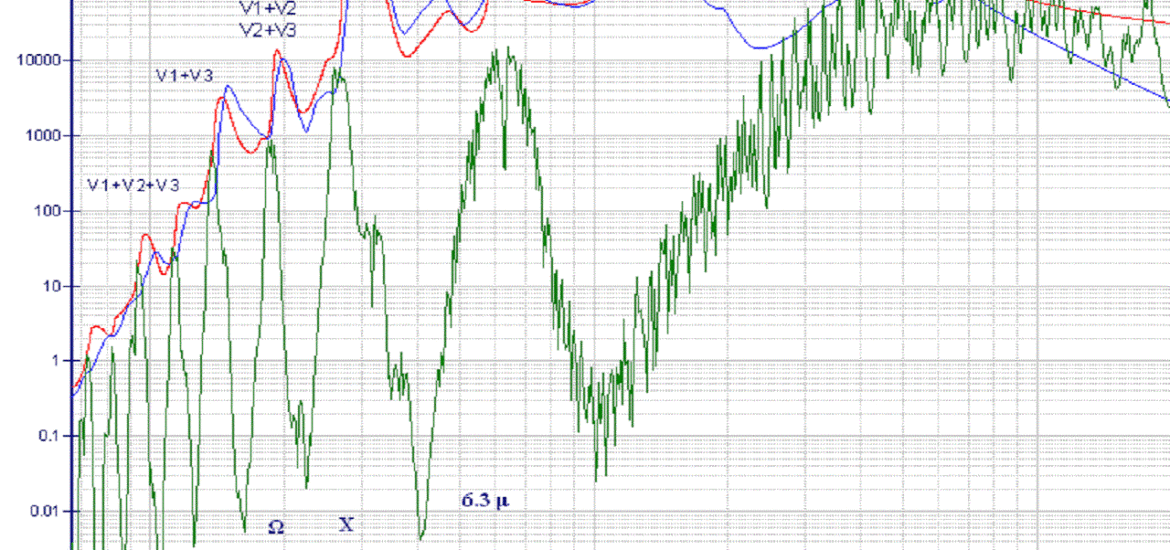Ever heard of a vapor adsorption refrigeration system? If not, you’re in for a treat! This eco-friendly cooling solution is changing the game for homeowners like you, who want to save energy, money, and the planet. So, let’s dive right in and find out how it works, shall we?

Table of Contents
Definition of Vapor Adsorption Refrigeration System
Simply put, a vapor adsorption refrigeration system is an innovative way to keep your home cool using a process called adsorption. It’s like a traditional air conditioning system, but with some major differences that make it way more eco-friendly and efficient. How cool is that?!
Advantages and Disadvantages
Compared to traditional refrigeration systems, vapor adsorption systems have some big advantages, like lower energy consumption and fewer harmful emissions. But they also have a few drawbacks, like higher upfront costs and a longer payback period. Still, if you’re looking to go green, this could be a game-changer for your home!
Components of Vapor Adsorption Refrigeration System
Adsorbent Materials
These systems use special materials called adsorbents to trap and release the refrigerant. There are a few types of adsorbent materials, like activated carbon, silica gel, zeolites, and metal-organic frameworks (MOFs). Each one has its own unique properties, so you can choose the one that works best for your needs.
Refrigerant
Instead of harmful chemicals like Freon, vapor adsorption systems use more environmentally friendly refrigerants like water, ammonia, methanol, or ethanol. They’re not only better for the planet, but they also perform well in these systems, making it a win-win situation!
Heat Exchangers
These systems also include heat exchangers to help transfer heat between the adsorbent materials and the refrigerant. There are a few different types, like plate heat exchangers, shell-and-tube heat exchangers, and fin-tube heat exchangers. You’ll want to choose the one that best suits your home and climate.
Evaporator and Condenser
The evaporator and condenser are essential parts of the system, helping to turn the refrigerant into a gas and then back into a liquid. They’re similar to those found in traditional AC systems, but with some design tweaks to make them work better with vapor adsorption technology.
Click here: Vapor Refrigeration: Easy Guide to Keeping Things Chill, to read our other articles on vapor refrigeration.
Working Principle of Vapor Adsorption Refrigeration System
Adsorption Cycle
So, how does this magical cooling process work? It’s all about the adsorption cycle, which has two main phases: the adsorption phase, where the refrigerant is trapped by the adsorbent, and the desorption phase, where the refrigerant is released back into the system. It’s like a dance between the adsorbent and the refrigerant, creating cool air for your home!
Heat and Mass Transfer
Heat and mass transfer are the key processes that make this system work. Factors like the type of adsorbent, system configuration, and operating conditions all play a role in how efficiently the heat and mass are transferred, so it’s important to get these things just right for your specific setup.
Thermodynamic Analysis
Understanding the thermodynamics of your vapor adsorption refrigeration system is crucial to optimizing its performance. Some key metrics include the Coefficient of Performance (COP), Specific Cooling Power (SCP), and cycle time. Keeping an eye on these numbers can help you fine-tune your system and make it even more efficient!
Applications of Vapor Adsorption Refrigeration System
Domestic Refrigeration
Homeowners can benefit from vapor adsorption refrigeration systems in a variety of ways. They can be used in household appliances like fridges and freezers, offering better efficiency and eco-friendliness. There may be some challenges, like higher upfront costs, but the long-term benefits could be well worth it!
Industrial Refrigeration
These systems aren’t just for homeowners, though. Industries like food and beverage, pharmaceutical, chemical, and data centers can also benefit from vapor adsorption refrigeration systems. There are plenty of case studies out there that show just how effective these systems can be in a commercial setting.
Air Conditioning Systems
And of course, we can’t forget about air conditioning! Vapor adsorption technology can be integrated with HVAC systems to provide energy-saving cooling solutions for your home. This could be a game-changer for keeping your home comfortable and reducing your carbon footprint at the same time.
Future Trends and Research Directions
Advanced Adsorbent Materials
As technology continues to advance, researchers are looking into new and improved adsorbent materials that could make vapor adsorption refrigeration systems even more efficient. Keep an eye out for these cutting-edge developments, as they could be the key to unlocking even greater eco-friendly cooling solutions.
System Optimization
Improving system design and control strategies is another area of ongoing research. These advancements could make vapor adsorption refrigeration systems more accessible and affordable for homeowners like you, making it even easier to go green.
Integration with Renewable Energy Sources
Finally, there’s a growing interest in integrating vapor adsorption refrigeration systems with renewable energy sources, like solar power or waste heat recovery. This could make these systems even more eco-friendly and cost-effective, giving you even more reasons to consider making the switch!